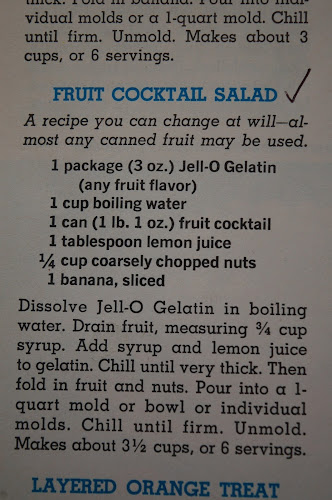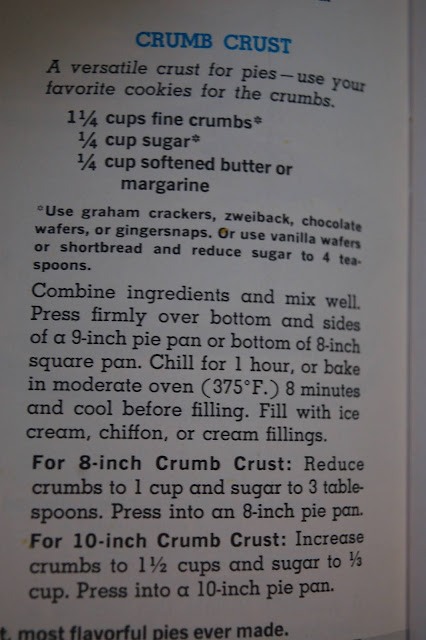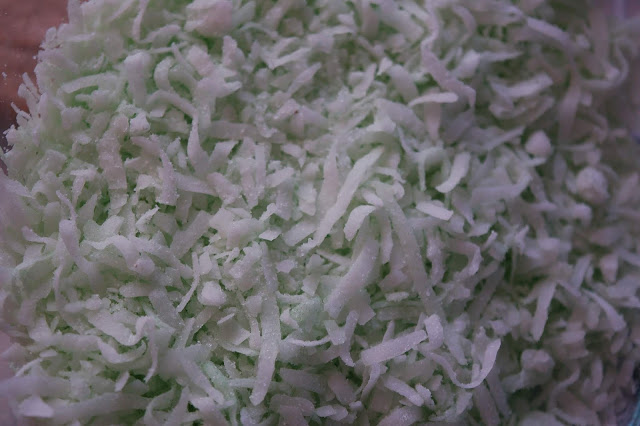Howdy, Jigglers! For our Christmas dinner this year, I roasted a shank portion ham, and that provided a perfect excuse to try one of the more creative recipes from Joys of Jell-O--Cherry-Glazed Ham!
This recipe has you baste a mostly roasted ham with a sweet, cherry-flavored gelatinous mixture and bedazzle it with cloves. It's very simple, but I reckoned that cherry Jell-O would be too sweet with all the added sugar, and the cherry flavor would be a little too much or too artificial. I remedied this situation by replacing the water and Jell-O with pure black cherry juice and two tablespoons of unflavored gelatin.
I did everything else exactly as specified in the recipe, and look how nice and shiny this ham turned out!
Clearly this was the piece de resistance of our entire holiday meal. Even now I can't get over how pretty it was!
The ham tasted great, too. The outside, glazed part was just the right amount of sweet, just the right amount of spiced, and ever so slightly sticky as well. Here are some slice shots.
This made a perfect centerpiece for our parmesan-encrusted roasted zucchini and our garlicky green beans. We followed the instructions on how to use the drippings as sauce, but a word of caution here: At least with the kind of ham we used, the drippings are about 70% grease and 30% gelatin mixture, and the two don't mix. For best results, try to separate the two entirely (easily done through refrigeration for leftovers, but at the first serving, try pouring off the fat into a separate container), discard the grease or reserve it for other uses, and only use the gelatin mixture for your sauce.
Despite that minor detail, this recipe is stellar, but it gets better. This recipe could easily be altered for other occasions or seasons. Imagine an Easter roast ham with a pineapple-cayenne glaze (made with canned or otherwise cooked pineapple juice, of course). Or a Thanksgiving ham with an apple cider-cinnamon glaze. Orange juice-glazed ham is a classic too, and gelatin is just the thing to make it stick. Glazed ham has just become an entire genre of cuisine for me thanks to this recipe!
Great job, General Foods, on doing something novel with Jell-O that actually works exactly as intended!




















































